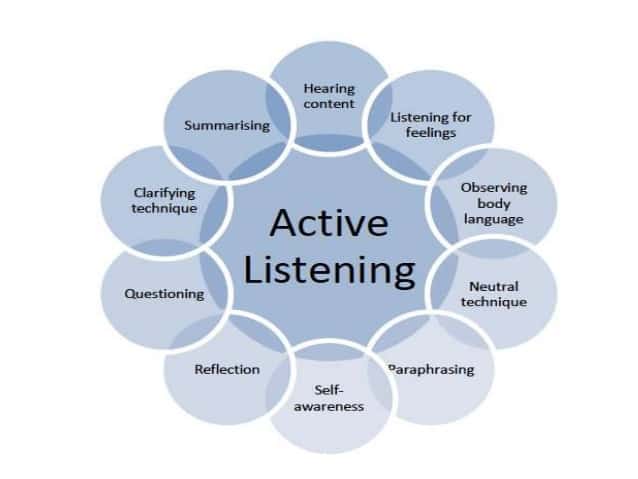No matter how popular, friendly, or reputable your brand may be, it is impossible to please everyone. Negative reviews are sure to happen. It’s just part of the game. Like it is with any game, however, the right strategy can give you the right edge.
The way companies deal with negative reviews speaks volumes about them. What are you communicating with the way you respond? Today, we’re going to look at a few successful strategies that can turn bad reviews into the good press for any brand. Those strategies revolve around a few key themes:
- Understanding the complaint
- Addressing the underlying pain point(s)
- Not getting defensive
- Offering sincere apologies and amicable solutions
Communicate Understanding
One of the biggest flaws we have as human beings is that we tend to listen not for the purpose of understanding but to form a response. Skipping the understanding part can be disastrous when dealing with negative reviews.
When a negative review hits a site like Yelp, TripAdvisor, or any of the plethora of local or regional review sites out there, it is important to make sure the complaint is fully understood before responding.
This is where concepts like active listening and non-defensive listening come into play. In many cases, people just want to be heard. Communicating understanding can turn even the most negative of reviews into positives for your brand image. An experienced paper writer from EssayPro, for example, uses the written word to defend a position. This is accomplished by demonstrating authority and understanding of the topic, not by belittling or devaluing opposing views. There is much to be learned from this concept when responding in writing to a bad online review.

Extract and Address Pain Points
Even if the complaint is unwarranted and completely untrue, your job is not to return volley, but to respond with a workable solution. In many cases, the complaint stems from the same list of pain points that a specific product or service exists to solve. If it were any other way, odds are the negatives cited in the review wouldn’t even be part of the argument.
This presents a great opportunity to address the pain points in a real-life scenario and demonstrate the brand’s ability to remedy them. Quite often, the real problem goes back to the previous complaint of not really being heard. Being able to extract the pain points – whether mentioned or implied – demonstrates a clear understanding of the customer’s needs and can also turn a negative review into a positive marketing tool.
Be the Grown-Up
A majority of negative reviewers use exaggerations, embellishments, and overwrought sentiments to add emphasis to their arguments. When this happens, try to understand a few things:
- Most readers pick up on how extreme the scenario looks on paper and take the details with a grain of salt.
- Readers hone in on negative reviews more often for entertainment than information.
- If the complaint is not part of a pattern, it is understood by most people to be largely baseless.
Given that most readers are more rational in their assessment of a bad review than the person who posted it, your response should also be assessed rationally. Getting defensive and demoralizing the complainant will only make you look like the bully. In many ways, it also lends far more justification to the complaint than is deserved.
Sometimes, the best policy is to simply ignore more volatile complaints or reach out to the complainant in private. A diplomatic public response might be warranted, in some cases, but every situation is different. Be pragmatic and responsible in your approach and never, ever become defensive.
Apologize…Even If You Know You’re Right
This is where your brand’s name can really shine. People like to feel as though the brands with which they engage understand them. Just reaching out to a negative reviewer in a meaningful way can help build trust in the brand.

Shy away from solutions that include free stuff, coupons, or static apologies. Never use words like “but” or “if” in an apology. Those words only serve to escalate the problem. Always assume responsibility and offer a solution. Even if you are convinced that the complainant is in the wrong, apologize and be sincere.
Keep in mind that consumers will side with other consumers faster than they will with a brand. Don’t admit to anything, don’t offer a defence; just apologize. It gives the moral high ground to the brand and heightens perception of the brand with the reader.
Lastly, any response to a negative review should include an attempt to fix the problem. You can even go so far as to ask the complainant what you can do or what you should do in the future to avoid the problem. Get the audience involved in the solution. Listen, and implement changes as needed and apologize in earnest. Doing these things shows commitment to quality, brand perception, customer relationships and a desire to continually improve.

